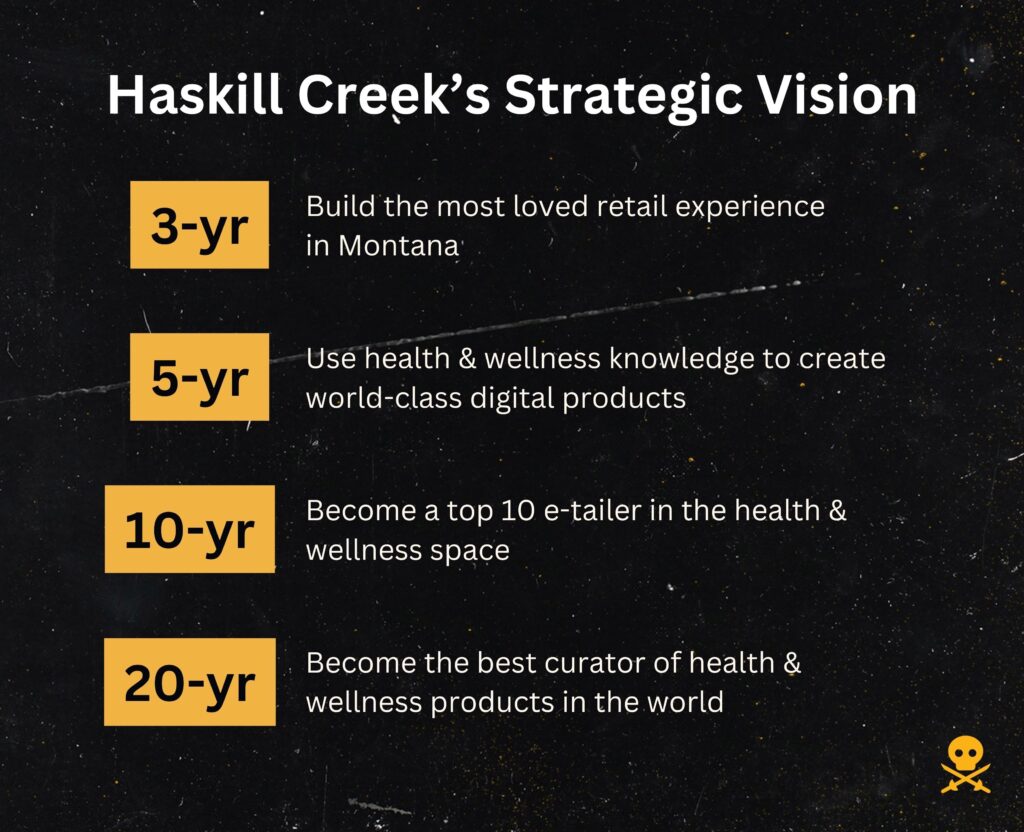
Written by Scot Chisholm
| Leadership, Management | November 10, 2023

It’s a tough question to answer. The stereotypical idea of a leader is more in line with Steve Jobs announcing the next version of the iPhone. But in reality, leaders come in all shapes and sizes. Some of the best leaders in the world are quiet, reserved, and even shy!
Many experts have attempted to define leadership over the years. Popular authors Jim Collins and John Maxwell are two of them. Ironically, both of these guys created a 5 tier model of leadership, but with different definitions. The common thread is that level 5 is the pinnacle of leadership types. Collins defines a level 5 leader as:
“Level 5 leaders display a powerful mixture of personal humility and indomitable will. They’re incredibly ambitious, but their ambition is first and foremost for the cause, for the organization and its purpose, not themselves.”
But as much as I love Collins’ work, his definition is incomplete as an assessment for the everyday leader. It’s too much about the traits or characteristics of the person themselves and not enough about the leader’s effectiveness. It’s not outcome-based.
A leader’s goal is to move a team (or a group of people of any kind) from point A to point B. These points could be:
To move people from point A to point B in the most effective way, leaders must communicate the following:
I call this trio PDP. The clearer the PDP is to the team, the more effective the person will be as a leader.
Before we get to the test, an important note.
Just because you’re in a leadership role, it doesn’t make you a good manager.
And just because you manage someone doesn’t make you a good leader.
A leader inspires and empowers people to achieve a common goal and reach their full potential. Leadership is something you earn from people buying into your vision. It’s not a title or a role.
A manager is responsible for the work output of a group. It’s a defined business role that includes planning and executing a variety of tasks on time.
Natural leaders tend to be great at explaining the purpose and longer-range vision, but many fall short on the execution piece.
On the other hand, excellent managers tend to be great at giving direction and updating progress. But most can’t connect the day-to-day to a larger purpose, or lay out a vision that people are excited about following.
Why does this matter?
The most successful leaders are able to do both. They are excellent at purpose, direction, AND progress. And this is what we’ll test below 👇
I wrote more about becoming a great manager AND a great leader here.
Ok, now it’s time for the leadership test.
As I introduced before, the best leaders masterfully communicate Purpose, Direction, and Progress (PDP).
You (and everyone on your team) should be able to rattle off answers to these three questions at any time:
If you’re in a leadership role – like founder, executive, manager, coach – see if you can answer these questions about your own team and/or company. If they aren’t clear to you, then imagine how fuzzy they are to the people on your team!
Individual contributors should still take this test. But remember, if you struggle to answer, it’s likely a reflection of your manager or the leadership within the organization, not something you did wrong.
In either case, check out the team exercise at the end of this post as an easy way for everyone to self-assess and find gaps.
Ready to take the test? Get a pen and paper. Here we go…
Test question #1: Can you explain ‘why’ your team does what they do?
This is the deeper meaning behind your day-to-day activities. The reason that your team or company exists in the first place.
Explain your purpose in 2 sentences or less. Ready, go.
[1 minute time clock]
Ok, we’re back. How’d you do?
_________
If you were able to answer this question without hesitation, good for you (and the organization!). Understanding and communicating the ‘‘why’ is critical for any team’s long-term motivation and success.
If you couldn’t answer this question succinctly, you might have some work to do.
The root cause could be the mission statement of the organization. Your mission statement should describe your organization’s purpose. It answers the question, ‘why do we exist?’
Wordy, corporate mission statements aren’t memorable or inspirational. So it’s unsurprising that most people within this type of organization won’t even remember it.
But the best leaders tie the ‘why’ right into the mission statement and then weave it into everything they do. If this is your organization, then the answer will be obvious.
Need a little guidance? Here’s how to write a mission statement that doesn’t suck.
Test question #2: Can you explain where your team or company is going?
Specifically, your 3-20 year vision and your annual goals.
Write down your vision and your annual goals. Ready, go.
[1 minute time clock]
Direction is so critical in any organization. If the team doesn’t know where you’re headed, then you’ll almost certainly never get there.
Leaders typically overestimate the clarity of their direction. And they underestimate the amount of times you need to say something for it actually to stick.
How did you do?
_________
If you weren’t able to answer the vision part, it’s time to revisit. Here’s a couple recommendations…
I use what I call the 1-4 method to create a team or company vision.
The 1-4 method goes beyond the traditional “vision statement” and adds time and sequence to your vision as well.
“One-four” stands for ‘one slide, four sentences.’
Here’s an example from one of my companies, Haskill Creek – a much healthier spin on the traditional drugstore.

The 1-4 vision gives you one powerful slide that does the following:
And it helps your team:
I wrote more on how to create an inspiring vision people want to follow here.
_________
If you weren’t able to answer the annual goals part, just know that this is more common than you’d think. Most leaders I coach can’t tell me their top goals for the year usually because they have too many.
And lastly, don’t forget to align your annual goals with your vision. Especially the 3-yr vision statement. This ensures that you are directionally aligned to your north star. You’re not sending the team zig zagging all over the place to get to the desired destination.
Test question #3: Do you know how you’re doing against your goals?
How are you pacing against your annual goals?
Have you broken them up by quarter or month? Do you know how you’re pacing against those?
Ready, go.
[1 minute time clock]
It’s impossible to improve what you don’t know. As a leader, it’s impossible to give real feedback to your team or take action yourself without understanding where you’re at against your goals.
How did you do?
_________
If you weren’t able to rattle off the answers to these questions, it’s time to take a look at how you’re tracking progress and communicating it to the team.
One place to start is the company or team dashboard.
I’ve seen hundreds of dashboards over the years, and truthfully, most of them collect dust.
Why? Because they’re not actionable. Most metrics are lagging, not leading, or they’re too broad.
You’ll nail the ‘progress’ question if you obsess over just a couple of metrics that matter most to your team or organization.
Here are three of my favorites:
I talk more about how to calculate each of these here.
But the best dashboards include your top three company goals for the year plus five or fewer high-impact (non-vanity) metrics… like the three examples above.
Once that’s set up, make it readily available to your whole team so they can track the team’s progress at any time. And weave progress updates into everything you do: weekly updates, 1×1 meetings, team meetings, all-hands, etc.
Now that you’ve taken the PDP test for yourself (and maybe for your boss), it’s good practice to bring these questions to your whole team to pinpoint areas in need of improvement.
Here’s a fun (and illuminating!) exercise you can try:
Have everyone on your team answer the three main questions in private:
Give each person 1 minute per question… or 2 minutes if you’re nicer than me 🙂
Then, go around in a circle and have each person share their responses with the group.
If there are large gaps in people’s answers, you know that your team needs to tighten things up.
Sometimes, the best answers provide a path for refining your existing mission, vision, goals, and dashboards.
Just remember, 90%+ of teams can improve their PDP. It takes courage and some vulnerability to take this test and run this exercise. But I have no doubt you’ll become a better leader for it!
Are you a founder, executive, manager? I’d love to support your professional growth.
Here’s three ways:
Join 20,000+ leaders getting the blueprint to go from $0 to $100M.
Leadership, Management, Ops | February 13, 2025
Tired of unproductive 1 on 1 meetings? This article provides a comprehensive guide to transforming your 1 on 1 meetings from dreaded obligations into powerful tools for boosting team performance and unlocking individual potential.
Founders, Leadership, Management | November 8, 2024
Master the art of delegation! This article offers five rules to effectively delegate tasks, empowering your team and freeing you to focus on higher-level priorities. Discover how to choose the right projects and people, provide clear guidance, and conduct effective check-ins without micromanaging
Culture, Management | August 30, 2024
Good feedback should empower, not deflate. Yet most managers stumble through the feedback process. Here are 5 essential rules will transform your approach to feedback and elevate your team's performance.